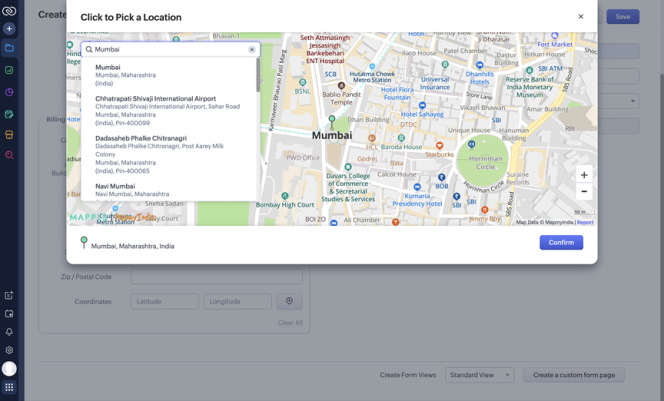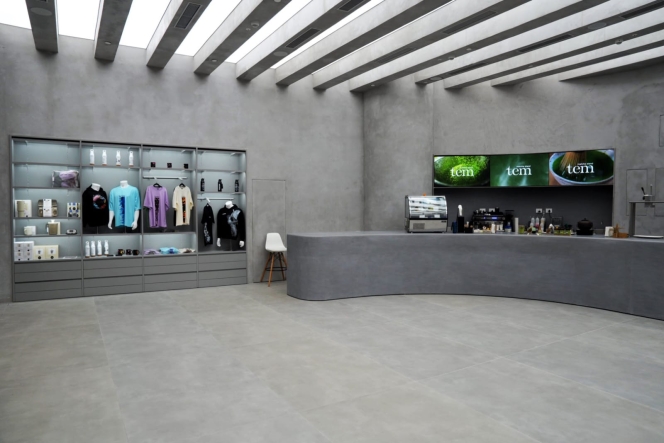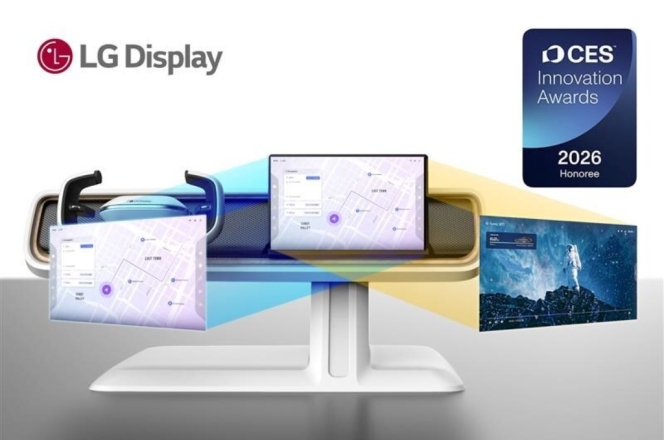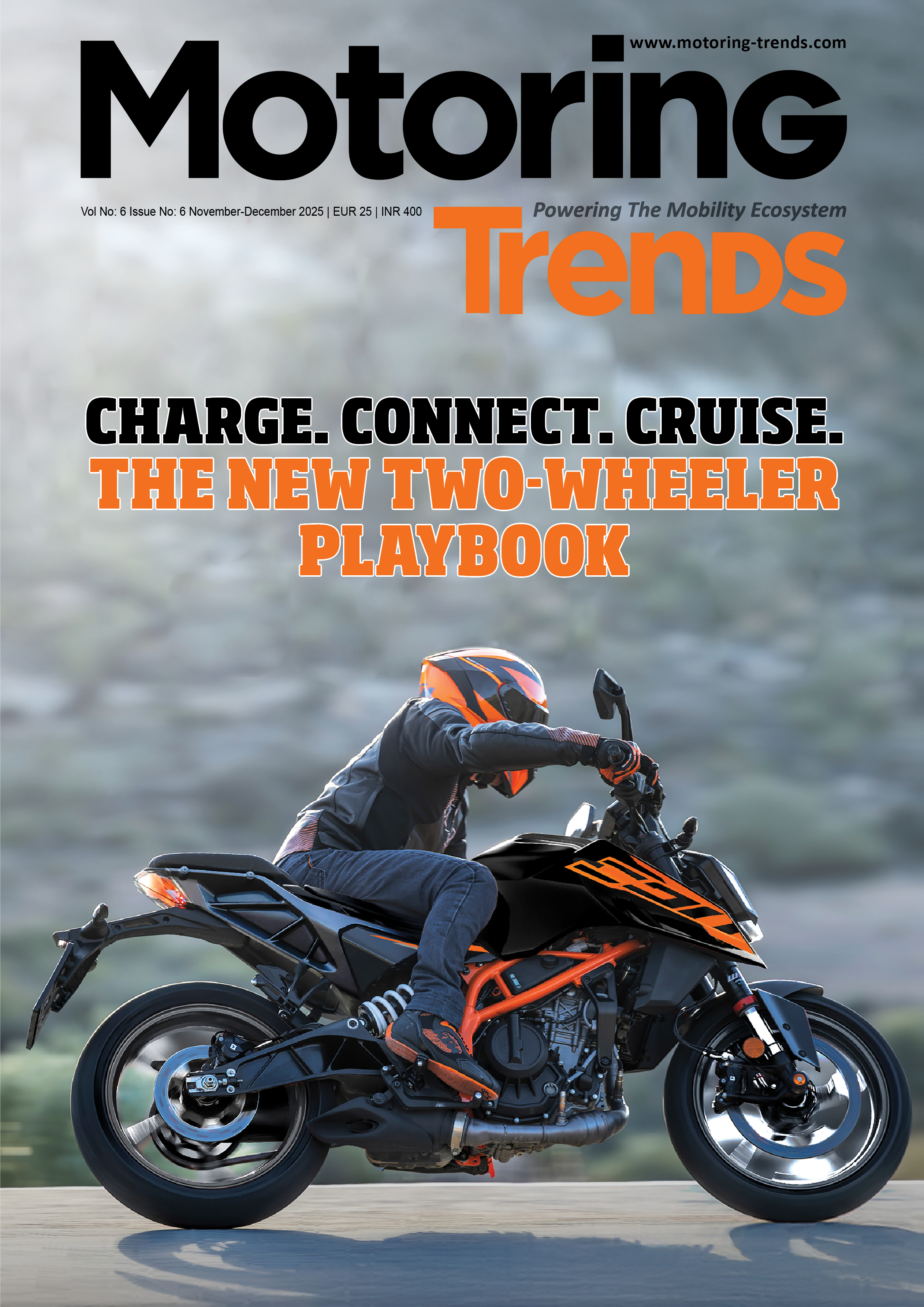Modular Automotive Architectures Are Flavours Of The Day
- By Bhushan Mhapralkar
- August 31, 2023

Factors such as ‘time-to-market’, regulations and costs are tilting the tables in the direction of modular vehicle architecture. This includes the design and assembly of all sub-systems of a vehicle in a modular manner. This also includes design standardisation and that of the production of auto parts in the form of modules.
The advantage of modular vehicle architecture can be clearly seen at the final 'assembly' stage were numerous variants (read as trims) can be positioned seamlessly and without bringing an entire operation to the halt for the want of a module, part of an assembly tool.
While the first instance of the employment of modular vehicle architecture in India may be hard to pin point, it was Ashok Leyland that announced the launch of a modular architecture in the form of the medium and heavy-duty AVTR truck platform as the BS VI emission norms came into effect in 2020.
The move reminded of the comprehensive modular architecture approach of Swedish truck maker Scania. The kind of modularity Scania built into its trucks was such that its customers could choose from a wide range of aggregates such as engines, transmissions, chassis, cabin and more to build a truck that would best address their application requirements.
Unlike the Scania’s approach to modularity, Ashok Leyland chose to offer its truck buyers the choice of engines, transmissions, suspensions, cabins and superstructure so that they could build a vehicle that met their business needs.
One of the key reasons why Ashok Leyland chose to go down the modular architecture route was the need to cut down on components such as the exhaust parts. There would have been parts that the company would have to produce in many numbers and types to address the customer requirements in the BS VI era had it not taken to the modular approach.
Not only did the AVTR modular architecture helped streamline the supply chain and control the costs better, it made sure the buyer of an Ashok Leyland medium or heavy-duty truck could choose from more than 600,000 unique combinations.
Like Ashok Leyland, Tata Motors has also been quite active in design and development of modular architectures. It developed the modular truck architecture in the form of the Prima many years ago along with its Korean Daewoo commercial vehicle arm. Not limiting itself to the Prima, the company developed modular architectures in the form of the Signa and Ultra.
It was the modular approach that led to the creation of some brilliant models such at the Signa 3118 and the Ultra 3118.
On the passenger vehicle side, the ‘ALFA’ modular architecture is being put to good use by Tata Motors in reducing the time to market and in controlling the costs as it competes with some of the most agile global passenger vehicle manufacturers in its home market as well as other markets in the world.
The ‘ALFA’ modular vehicle architecture is currently supporting the Altroz and Punch. It is also the basis for the electric Punch that is expected to be launched soon in India.
Allowing a differentiated design approach and subsequently multiple body styles to meet the evolving aspirations of customers in the automotive market, the ‘ALFA modular architecture – termed as ‘Agile Light Flexible Advanced’ and basis for an exciting e 45X concept – is playing a crucial role in meeting the high-volume demand for an entire portfolio of cars at Tata Motors as of now.
The beauty of the ‘ALFA’ architecture is such that it could be used to create diverse vehicles with distinct body styles with a variety of powertrains (petrol, diesel, CNG and even electric), transmissions, drivelines, suspensions etc, mentioned a source. A combination of body styles, hardware and software could be deployed to offer the necessary attributes, he added.
Pointing at the recent introduction of Punch CNG with twin-cylinder CNG technology, he informed that the ‘ALFA’ modular architecture is helping to expand the scope of twin-cylinder CNC tech as much.
The differentiating factor of the technology is that it does not eat into the vehicle storage space. The vehicle body can receive necessary reinforcements to bear the additional weight of the cylinders. In the CNG Punch, the suspension too has been suitably strengthened to handle the additional weight.
Observing that the CNG Punch is just one part, the source said that the electric Punch would mean that the ‘ALFA’ modular vehicle architecture has truly come to age. Claimed to be undergoing advanced testing and validation, the electric Punch would further enhance Tata Motors’ lead in the electric passenger vehicle space. It is expected to be introduced by the end of this year or early next year.
The ambitions that Tata Motors has regarding its EV portfolio could be derived from the fact that on 29 August 2023 it announced a new brand identity TATA.ev for its EV business. It is aligned with Tata Motors' commitment towards sustainability and innovation.
EVs influence modular vehicle architectures
EVs are turning to be a big factor for the creation of modular platforms lately as they promise less complexities pertaining to platform engineering, keeping them to the bare minimum. Modular electric vehicle architectures are also enabling the development of core platforms with standardised design and production of auto parts in the form of modules and a streamlined as well as compact final 'assembly' as per the positioning of models.
The R&D and production costs, shortening the development cycle of new models, facilitating the unification of quality standards and improving the overall strength of products, modular electric vehicle architectures are enabling unique ‘oil-to-electricity’ transformations as well.
Dedicated modular electric vehicle architectures are enabling clever integration (read as badge engineering) across brands and as a part of the new cooperation strategies. With software defined vehicles the order of the day, electric vehicles especially, the tilt towards modular vehicle architecture is proving to be beneficial in terms of offering a differentiated user experience, to keep control over the supply chain and to keep control over the costs and to test and validate.
(Image for representation purpose only)
MapmyIndia And Zoho Announce Integration For CRM Users
- By MT Bureau
- November 26, 2025

MapmyIndia Mappls, a digital mapping and geospatial technology company, and Zoho, a technology company, have announced a collaboration to integrate two MapmyIndia features directly within Zoho CRM. The features being integrated are Address Capture and Nearby Lead Finder.
The integration allows Zoho CRM users to: capture verified addresses, visualise customer locations, discover potential leads in nearby areas and optimise sales routes. These functions are powered by MapmyIndia’s mapping platform.
Rakesh Verma, Co-Founder, Managing Director & Group Chairman, MapmyIndia Mappls, said, “This partnership between MapmyIndia and Zoho is a true blue Swadeshi celebration – two Indian innovators and leaders in their respective fields - coming together to deliver cutting-edge, homegrown technology that is world-class. MapmyIndia Mappls Address Capture and Nearby Lead Finder capabilities will help Zoho CRM users across India to work smarter and sell better, while keeping all data and innovation safe within India. I am confident that this partnership will boost collaborations amongst Indian tech companies creating a sympathetic ecosystem towards the realisation of an Atmanirbhar, Viksit Bharat.”
Mani Vembu, CEO, Zoho, said, "At Zoho, we believe that true technological progress begins with self-reliance. Building deep-tech R&D from India has always been one of our foundational pursuits, driven by the immense talent and creativity that thrive in the country. Our partnership with MapmyIndia embodies this vision, uniting homegrown expertise in business software and digital mapping to deliver solutions that are powerful, privacy-focused and proudly indigenous. This integration empowers Indian businesses by combining business intelligence with spatial intelligence, giving field teams the location-aware insights they need to better serve their customers."
Toyota Kirloskar Motor Opens Experiential Museum In Bengaluru
- By MT Bureau
- November 24, 2025

Toyota Kirloskar Motor (TKM) has unveiled the Toyota Experiential Museum (TEM) in Bengaluru, which it said is a new cultural and lifestyle hub for the company. The space combines Indian philosophy with Japanese culture and technology.
Located on the ground floor of the Phoenix Mall of Asia, TEM is spread across 8,200 sq ft and offers a five-senses experience, blending Japanese minimalism with Indian warmth through visuals, sounds, scents, textures and flavours.
Tadashi Asazuma, Deputy Managing Director, Toyota Kirloskar Motor, said, “At Toyota, our vision of creating ‘Happier Paths Together’ goes beyond mobility – it is about inspiring experiences that connect people, cultures, and emotions. With TEM, we hope to offer a truly unique experience that embodies this spirit.
In India, we found inspiration in the practice of Sadhana – the mindful pursuit of inner balance and fulfilment. TEM is where the Japanese culture and values of precision, serenity, and respect for nature beautifully align with the spirit of Sadhana, making TEM a meaningful blend of both. Designed to engage the senses and spark reflection, it brings together art, technology, and craftsmanship to inspire mindfulness, especially amongst the youth.”
The museum features minimalist interiors and distinct aesthetics designed to spark curiosity, inviting guests to explore at their own pace. The journey begins with a mirrored and rhythmic experience of the changing seasons common to Japan and India, unfolding through infinite projections of light, colour and motion. It then rises into a celebration of shared passion, featuring an audio-visual collaboration with DRUM TAO. A display includes a water curtain encircling a car draped in satin.
A design cafe offers a range of merchandise blending heritage with contemporary lifestyle, celebrating simplicity and craftsmanship.
The TEM cafe features a curated menu that blends the Japanese tradition of matcha with Indian flavours. Highlights include the India-inspired mango infusion.
- Maruti Suzuki India
- Maruti Suzuki Innovation Fund
- Ravity Software Solutions
- Sociograph Solutions
- Amlgo Labs
- Hisashi Takeuchi
- Vikas Rungta
Maruti Suzuki India Invests INR 20 Million In Ravity Software Solutions
- By MT Bureau
- November 21, 2025

Maruti Suzuki India (Maruti Suzuki) has announced an investment of nearly INR 20 million to pick up 7.84 percent stake in Bengaluru-based mobility insights start-up Ravity Software Solutions. The start-up claimed to be a global platform for AI-driven connected mobility intelligence, which transforms vehicle data into business value.
This marks the automaker’s third such move through ‘Maruti Suzuki Innovation Fund’, which makes strategic investments in innovative and high-potential start-ups that can support Maruti Suzuki India’s operations.
The company made its first investment of INR 20 million in Sociograph Solutions in June 2022, followed by the same amount in Amlgo Labs in March 2024.
Hisashi Takeuchi, Managing Director & CEO, Maruti Suzuki India, said, “Aligning to our core value of keeping customer at the core of our business, we are focused on enhancing vehicle ownership experience. In the age of open innovation, we strive to co-create business solutions with specialized entities operating in the particular field. Startups are ideal partners as they bring agility, fresh thinking, and cutting-edge solutions, to support our goal of ensuring customer delight. Our investment in Ravity Software Solutions will enable us to elevate customer experience through data-driven insights. We have been associating with startups since 2019 under our Maruti Suzuki Innovation programs. Through this initiative, we are investing in a culture of innovation, building strategic partnerships, and unlocking new opportunities, in line with Government’s ‘Startup India’ initiative to promote entrepreneurship in the country.”
Vikas Rungta, Founder, Ravity Software Solutions, said, “It is an honour to be associated with an industry leader like Maruti Suzuki, whose name is synonymous with bringing personal mobility to millions in India as well as across the globe. An automobile major like Maruti Suzuki partnering with a startup speaks volumes about its forward-thinking mindset, humility, and openness to learn and collaborate to explore new ideas. With our excellence and expertise in AI, analytics and mobility, we are committed to upholding the trust Maruti Suzuki has placed in us. We believe that the high complementarity of our strengths: Maruti Suzuki’s scale of business and our agility and entrepreneurship, will further enhance customer experience and delight.”
LG Display Wins Two CES 2026 Innovation Awards For Automotive Display Technology
- By MT Bureau
- November 21, 2025

LG Display has secured two CES 2026 Innovation Awards from the Consumer Technology Association (CTA) for two automotive display innovations: Dual View OLED and Under Display Camera-infrared (UDC-IR) OLED.
Both products were honoured in the In-Vehicle Entertainment category for delivering space efficiency, superior picture quality and high standards of safety.
The Dual View OLED solution allows a single automotive display to show different content based on the viewing position. For example, the driver can view navigation while the front passenger streams content. Optimised pixel structure ensures the driver’s touch operation does not interfere with the passenger’s entertainment. The product utilises a Tandem OLED device structure for picture quality and operates reliably in environments ranging from -40deg C to 85deg C.
The UDC-IR OLED jointly developed with LG Innotek, is claimed to world’s first full-screen automotive display to conceal an in-screen driver-monitoring camera. LG Display developed advanced algorithms that make the camera hole invisible from the driver’s viewpoint. The camera integrates LG Innotek’s high-resolution IR camera and image-enhancement software to ensure accurate driver monitoring, which is becoming mandatory due to global safety regulations.
LG Display will showcase these solutions at a dedicated booth at CES 2026. The company has consistently won CES Innovation Awards, previously honoured for its Thin Actuator Sound Solution (CES 2023) and its 57-inch Pillar-to-Pillar LCD (CES 2024).






Comments (0)
ADD COMMENT